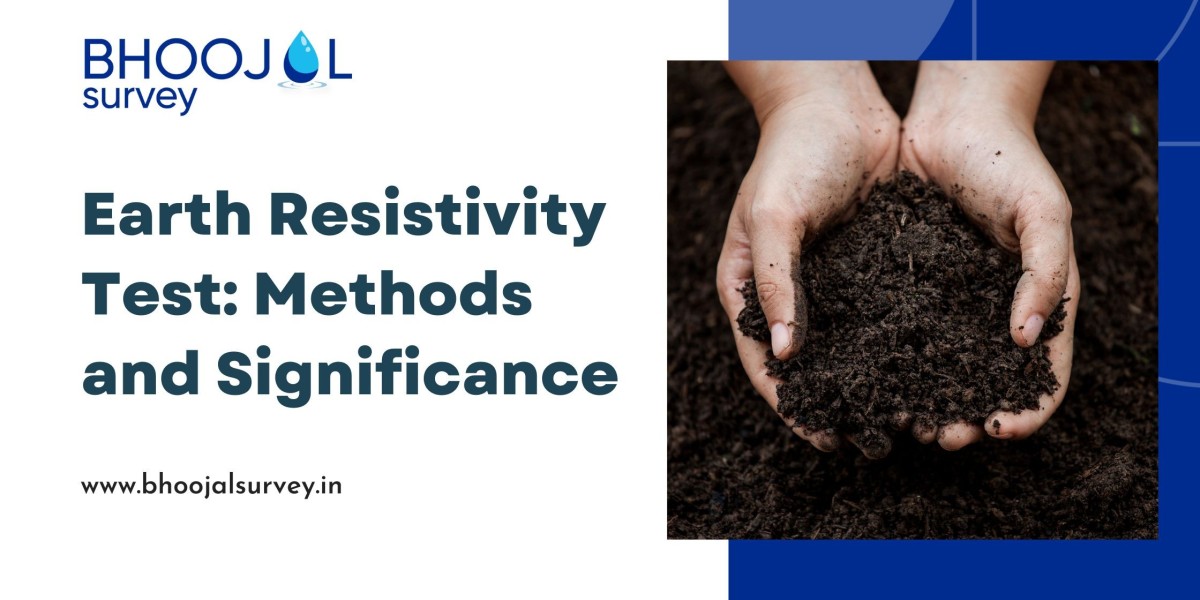Introduction
The Earth Resistivity Test, often referred to as the Soil Resistivity Test, is a crucial geophysical technique used to assess the electrical resistivity of the Earth's subsurface materials. This method plays a fundamental role in a wide range of applications, from civil engineering and construction to environmental studies and geophysical investigations. In this comprehensive guide, we will delve into the methods, significance, and applications of the Earth Resistivity Test.
Understanding Electrical Resistivity
Electrical Resistivity is a property of materials that characterizes their ability to resist the flow of electrical current. It is measured in ohm-meters (Ω·m) and varies significantly among different types of materials. Conductors, such as metals, have low resistivity, while insulators, like rubber or dry soil, exhibit high resistivity.
The Earth Resistivity Test: How It Works
The Earth Resistivity Test involves the measurement of the electrical resistivity of the Earth's subsurface materials. It provides valuable information about the composition and moisture content of the ground. Here's a breakdown of the methodology:
1. Electrode Placement
To conduct the test, a set of four electrodes is inserted into the ground. These electrodes are typically arranged in a square or rectangular pattern, with equal distances between them. Two electrodes serve as current electrodes (current is injected into the ground), while the other two act as potential electrodes (voltage is measured between them).
2. Current Injection
A known electrical current is applied between the two current electrodes. This current flows through the ground and creates a voltage drop. The potential electrodes measure this voltage drop.
3. Data Collection
Voltage measurements are taken between the potential electrodes for various levels of injected current. The resulting data is used to calculate the apparent resistivity of the subsurface materials.
4. Data Analysis
The collected data is then processed to produce resistivity profiles or maps of the subsurface. These profiles help identify changes in soil composition, moisture content, and the presence of geological structures.
Significance of Earth Resistivity Testing
The Earth Resistivity Test offers a multitude of benefits and plays a significant role in several fields:
1. Geotechnical Engineering
In civil engineering, it helps in designing stable foundations for buildings and infrastructure. By understanding the subsurface conditions, engineers can make informed decisions about construction methods and materials.
2. Environmental Studies
Environmental scientists use this test to assess soil contamination and monitor groundwater flow. It aids in the evaluation of potential environmental risks and the design of remediation strategies.
3. Mineral Exploration
In the mining industry, the Earth Resistivity Test assists in locating valuable mineral deposits. Variations in resistivity can indicate the presence of ore bodies.
4. Groundwater Management
Hydrogeologists rely on resistivity testing to understand the distribution of groundwater and optimize well placement for water supply.
5. Archaeology
Archaeologists use this technique to detect buried structures, artifacts, or ancient settlements without excavation.
Conclusion
The Earth Resistivity Test is a versatile and indispensable tool in the realm of geophysics and earth sciences. Its ability to reveal vital information about subsurface materials has applications ranging from construction and environmental protection to mineral exploration and archaeology. The insights gained through this test empower professionals to make informed decisions, ensuring the efficient and sustainable use of Earth's resources.
FAQs
Q1: What is the primary goal of the Earth Resistivity Test?
The primary goal of the Earth Resistivity Test is to measure the electrical resistivity of subsurface materials, providing insights into soil composition, moisture content, and the presence of geological structures.
Q2: How is the Earth Resistivity Test used in construction?
In construction, this test helps engineers design stable foundations by assessing the properties of the soil beneath a proposed structure. It ensures that construction methods and materials are suitable for the site.
Q3: Can the Earth Resistivity Test be used for environmental studies?
Yes, the test is crucial for environmental studies. It helps in identifying soil contamination, monitoring groundwater flow, and evaluating potential environmental risks.
Q4: What are some other applications of Earth Resistivity Testing?
Besides construction and environmental studies, this test is used in mineral exploration, groundwater management, and even archaeology to detect buried structures and artifacts.








